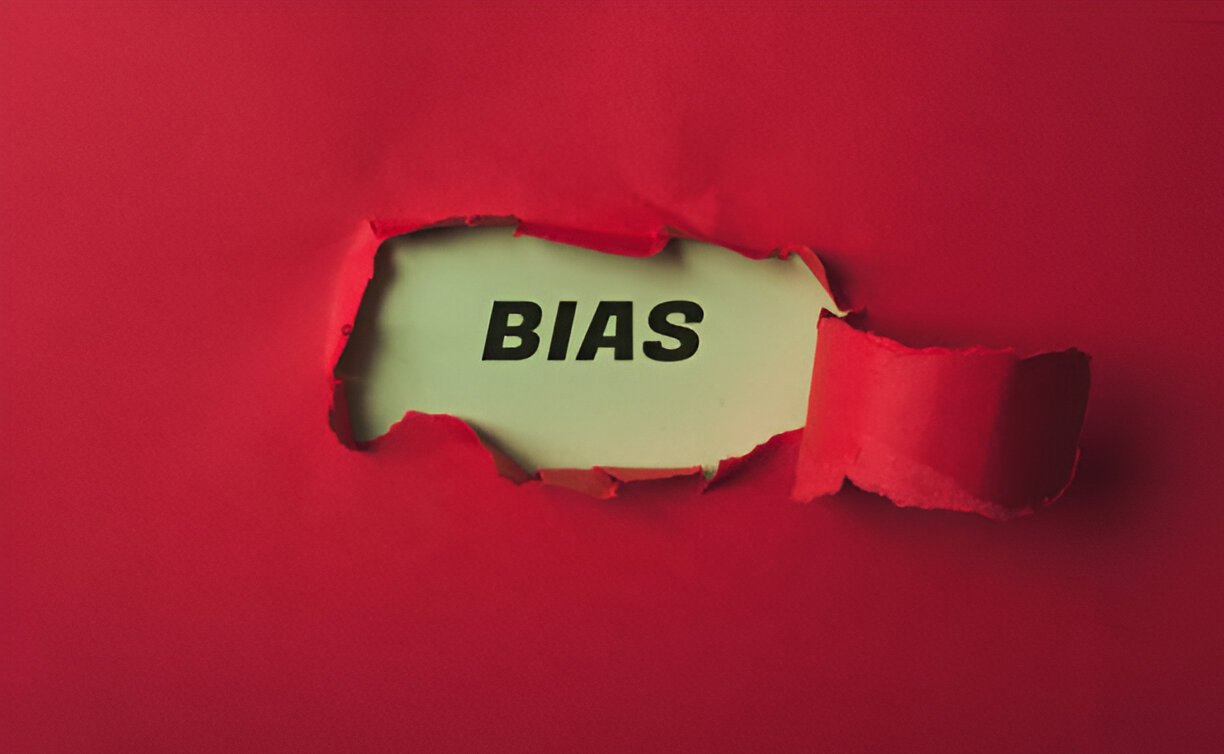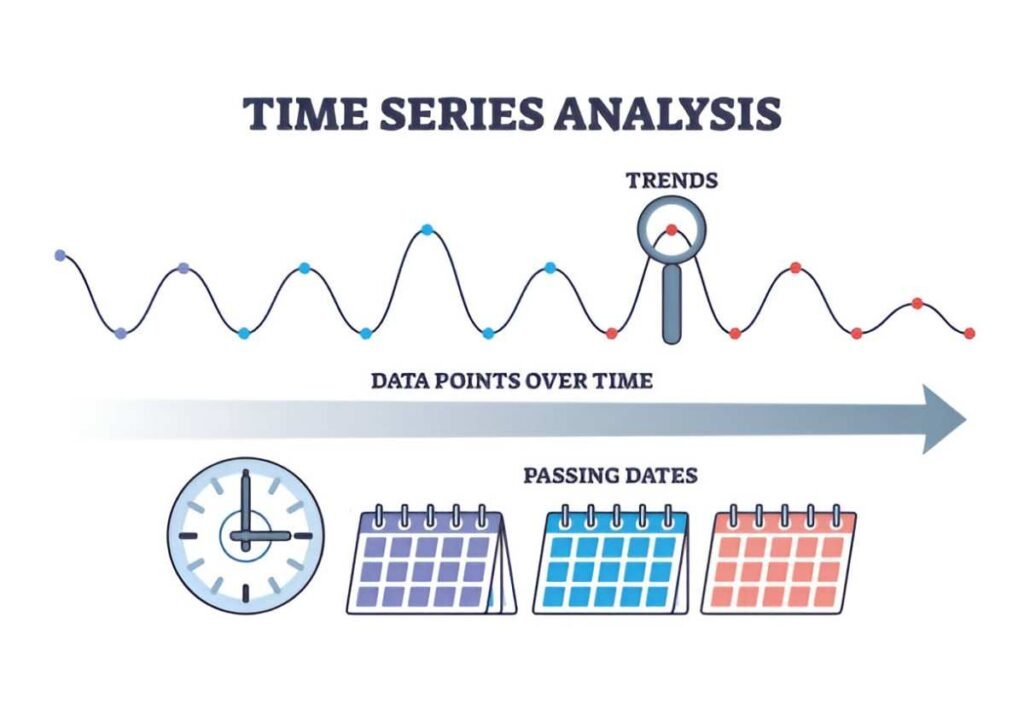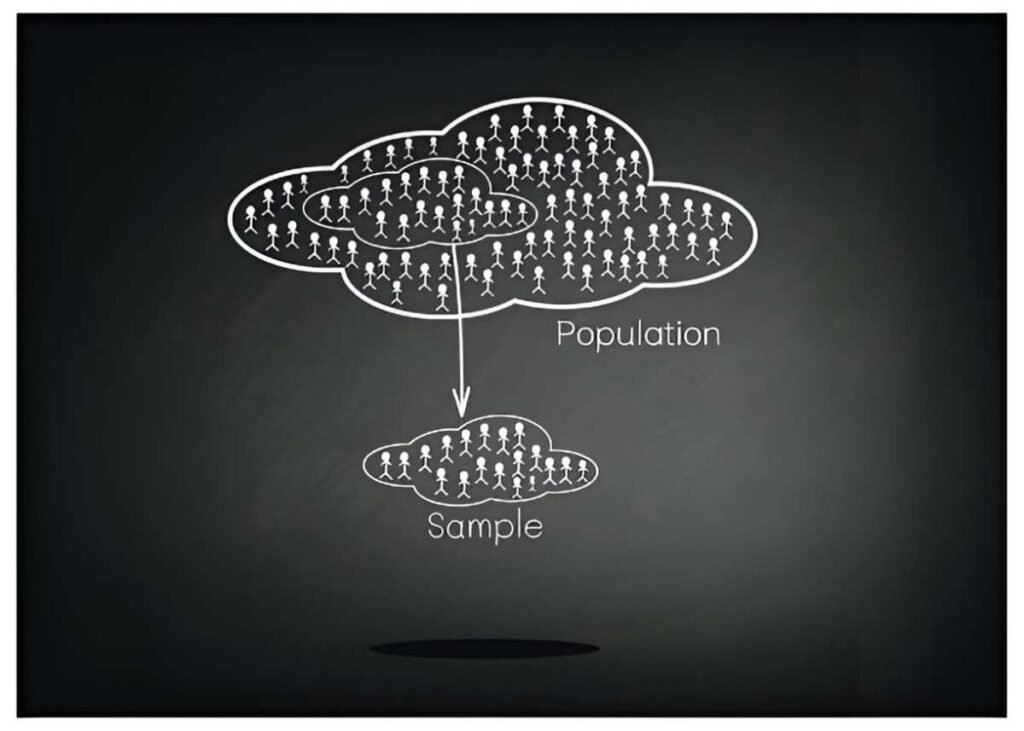Surveys are powerful tools for collecting data and gauging public opinion, but their accuracy can be severely compromised by a phenomenon known as response bias. In this article, I aim to explore what response bias is, how it affects survey results, and ways to minimize its impact. If you’ve ever participated in a survey or conducted one yourself, you’ve likely encountered or even contributed to response bias without realizing its influence. Let’s dive into the different types of response bias, why they matter, and how to handle them.
Table of Contents
What Is Response Bias?
Response bias occurs when the responses collected during a survey are systematically skewed due to some form of external influence. It happens when the way questions are asked or how respondents answer distorts the results in a way that doesn’t reflect the true sentiment or behavior of the population being studied.
Survey data is meant to provide insights that are representative of a larger group. However, response bias introduces inaccuracies by altering the responses in a predictable manner. This means that if we’re not careful, the conclusions we draw from surveys can be misleading.
Types of Response Bias
There are various forms of response bias, each of which can affect survey results differently. Let’s look at the most common ones.
1. Social Desirability Bias
This is one of the most prevalent forms of response bias. It happens when respondents answer questions in a way that they think will be viewed favorably by others. For example, if a survey asks about habits related to alcohol consumption, people may underreport their drinking habits because they feel it’s socially undesirable to admit to heavy drinking. Social desirability bias is particularly common in surveys dealing with sensitive topics, such as drug use, sexual behavior, or personal income.
2. Acquiescence Bias (Yes-Saying Bias)
Acquiescence bias occurs when respondents tend to agree with statements or questions regardless of their actual opinion. In a survey where responses are structured as “Agree” or “Disagree,” a respondent may be more likely to choose “Agree” simply out of habit or because it’s easier than providing a nuanced answer. This bias can skew results, especially in surveys where respondents are asked to evaluate multiple statements that they may not fully understand.
3. Non-Response Bias
Non-response bias arises when certain individuals or groups do not respond to surveys, leading to an underrepresentation of certain segments of the population. If a survey is sent out to a wide variety of people, but certain demographic groups fail to respond, the results will not reflect the opinions or behaviors of those groups. For instance, younger individuals may be less likely to respond to phone surveys than older adults, which could lead to skewed results regarding technology use or political preferences.
4. Question Order Bias
This type of bias occurs when the order in which questions are asked influences the responses. If a survey presents questions about a specific issue and then follows up with questions about related issues, the earlier questions can prime the respondent’s thinking, affecting their answers to later questions. For example, if a survey on political opinions starts with questions about healthcare and then asks about the respondent’s view on taxes, the previous questions may color their response to the tax-related question.
5. Leading Question Bias
A leading question is one that suggests a particular answer by framing the question in a way that influences the respondent. For instance, instead of asking, “How often do you exercise?” a leading question might be, “Don’t you agree that regular exercise is important for your health?” The latter question subtly suggests that regular exercise is important, which may affect how the respondent answers.
Why Does Response Bias Matter?
The main concern with response bias is its impact on the validity and reliability of survey results. If a survey is affected by response bias, the conclusions drawn from it are not representative of the population it aims to represent. This can have serious consequences, especially when surveys are used to inform policy decisions, market research, or public opinion assessments.
For example, if a political survey suffers from social desirability bias, it might overestimate the support for certain candidates or policies, leading political analysts to draw incorrect conclusions. Similarly, if a health survey suffers from non-response bias, it could underrepresent certain groups, leading to flawed recommendations for public health interventions.
How to Minimize Response Bias
While it’s impossible to eliminate response bias entirely, there are steps you can take to reduce its impact and improve the accuracy of survey results. Here are some strategies:
1. Design Clear, Neutral Questions
To avoid leading question bias and acquiescence bias, it’s crucial to design questions that are clear, neutral, and balanced. Avoid wording that suggests a particular answer or prompts a yes/no response without nuance. For example, instead of asking, “How much do you enjoy healthy food?” you could ask, “How often do you eat foods that are considered healthy?” This type of question is more neutral and allows for a broader range of answers.
2. Anonymity and Confidentiality
Assuring respondents that their responses will remain anonymous or confidential can help reduce social desirability bias. People are less likely to hide sensitive behaviors, such as smoking or alcohol consumption, if they know their identity won’t be tied to their responses. When designing a survey, it’s essential to make this point clear to participants.
3. Random Sampling
One of the most effective ways to reduce non-response bias is to use random sampling. By randomly selecting respondents from a population, you ensure that the sample is more likely to represent the views of the entire population. To further mitigate non-response bias, follow up with non-respondents to encourage participation.
4. Pretest the Survey
Before launching a survey on a large scale, it’s helpful to pretest the survey with a smaller sample. This allows you to identify any potential biases in the questions or survey design. Testing the survey with a diverse group of respondents can help pinpoint issues that could influence the results.
5. Provide Balanced Answer Choices
To reduce acquiescence bias, ensure that respondents have a full range of response options. Rather than just asking yes/no questions, offer a scale of responses, such as “Strongly agree,” “Agree,” “Neutral,” “Disagree,” and “Strongly disagree.” This range gives respondents the ability to express a more nuanced opinion and reduces the tendency to simply agree with everything.
Mathematical Expression of Bias Adjustment
In some cases, you can correct for response bias using statistical methods. One common approach is to adjust for non-response bias using weights. Let’s say we are conducting a survey on the political preferences of a population, and we know that younger individuals are less likely to respond. We can apply weights to the survey data to make it more representative of the population.
For instance, if younger individuals make up 30% of the population but only represent 20% of survey respondents, we can apply a weight of 1.5 (30/20) to the responses from younger individuals. This adjustment helps ensure that the data is more accurate and better reflects the population.
The weighted average for a survey result can be calculated as follows:
\text{Weighted Average} = \frac{\sum w_i x_i}{\sum w_i}Where:
- w_i represents the weight of the individual responses,
- x_i represents the survey response of the individual,
- \sum w_i is the sum of the weights.
This formula allows you to adjust the data to reflect the true distribution of the population.
Conclusion
In conclusion, understanding and mitigating response bias is crucial for improving the accuracy and reliability of survey results. By carefully designing surveys, ensuring neutrality in questions, and using statistical methods to correct for bias, we can produce data that truly reflects the opinions and behaviors of the population. While it’s impossible to eliminate all bias, taking these steps will greatly reduce its impact and enhance the quality of the insights drawn from survey data. In the end, the more accurate our surveys, the better decisions we can make based on them.





